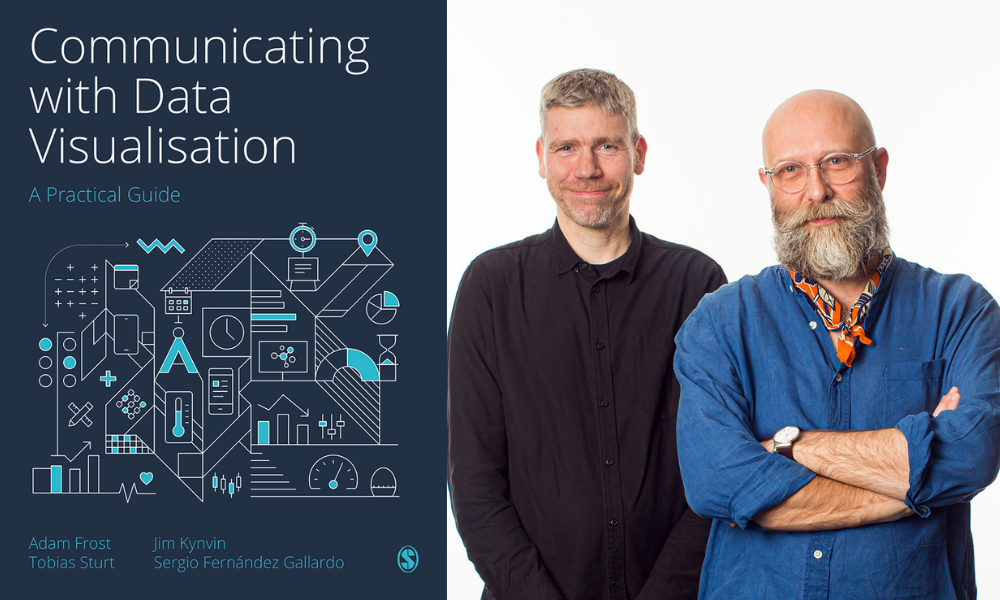By Adam Frost and Tobias Sturt, founders of Add Two and co-authors of “Communicating with Data Visualisation“
Digital marketing campaigns run on data. Platforms, media, targeting and measurement, every decision is made by data. But what about when data is your campaign? When it’s the star of the show?
Let’s spoil ourselves and imagine a company with plenty of interesting data. We’ll imagine it’s about coffee. How people around the world buy it, drink it, think about it. By visualising this data, the company will be telling their customers that they know lots about coffee, showing their stakeholders that they’re market leaders, and letting the world know that they have innovative ways of communicating this expertise.
So how would you turn this content into a great data-led story?
- Who’s it for?
As with any campaign, targeting is key – and it should probably start with a reality check. Data-led stories can’t and won’t appeal to everyone. In our experience, the kinds of people who like stats are likely to be the same people who read the side of the coffee jar, the people who care about how your coffee is farmed, or those with a vested interest in a company, such as your employees, shareholders or suppliers. They won’t typically pay attention to a generic ad on TV. So always define your target audience (ABC1? Urban? 25-50?) and articulate what you want them to do after interacting with your story.
- What is the main product?
When it comes to data-led stories, you have a lot of choices: a single infographic with a few headline facts? A two-minute explainer animation? A data heavy long-read? Knowing who your audience is and where they can be reached (see point 1) will help you to decide on the right format. Social media might mean simple attention-grabbing gifs. Sponsored content on a news website will need a mixture of text, media and charts.
Not to mention your own capabilities: you’ll probably be hosting an animation on your YouTube channel, but if you decide to make a single-page interactive infographic, where will that be hosted? Can your CMS handle it? These technical considerations can be boring, but they’re important in deciding the medium you use.
- What’s your angle?
You might want to commission a writer to create the actual article, ideally someone with a background in data journalism. If you write it yourself, think like a journalist. Research thoroughly – what publications do your target audiences read, and how do these publications approach data storytelling? Look at the text – how many words, what tone is used, how is the text incorporated into the visuals.
Study the maps and charts – how detailed are they? What you will tend to find – regardless of the publication – is the writer will have thought of a strong angle, which is clearly signalled in the title, and then they will have marshalled the content so that it supports that angle. Always remember that the data is the story. Keep any brand messaging subtle and position it right at the end of the article.
Ditch all corporate language (no ‘deliverables’, no ‘actionable insights’, and certainly no ‘thought showers’). In almost every case, your data story should be seen as an exercise in raising brand awareness or shifting brand perception rather than selling a specific product.
- What does it look like?
Of course you want your data visualisation to catch the eye, but more important is that this first glance tells the audience something meaningful. The power of data visualisation is being able to communicate complex information immediately, without needing to be analysed. Knowing your audience and the story you want to tell them will help you craft clear, simple charts that will do precisely that. Telling them something interesting is infinitely more powerful and engaging than simply being pretty.
Need some inspiration? Here are some good examples of organisations telling data-led stories: Data exploration from Siemens/The Economist; interactive map from OneSoil; scrollytelling from Iberdrola; an infographic from Nestle about Vitamin A deficiency; an animation from Carbon Visuals.










